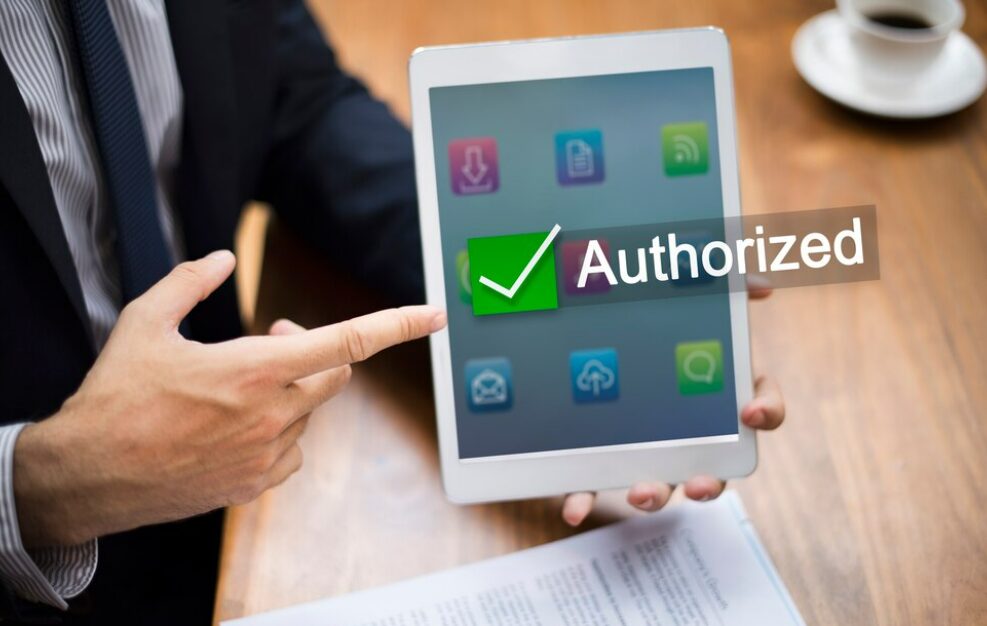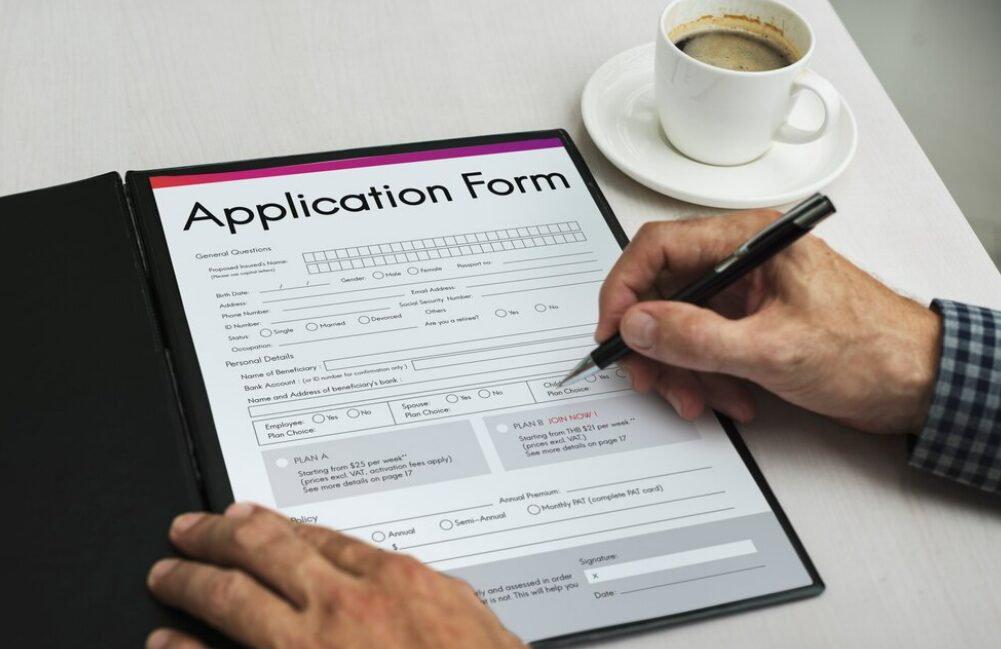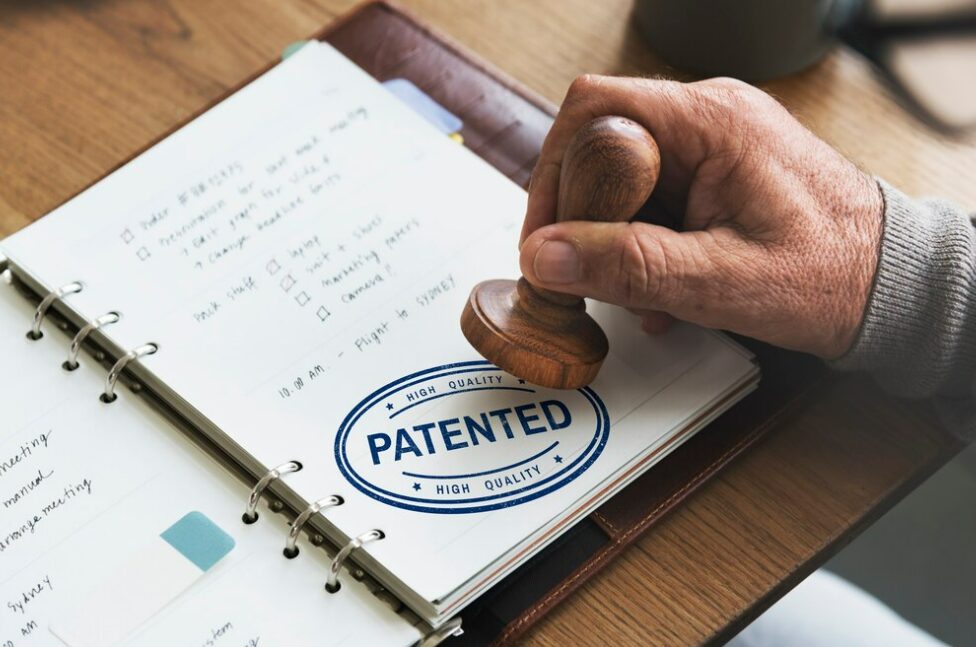Provisional Patent Application
A Provisional Patent Application (PPA) is a type of patent application filed with the United States Patent and Trademark Office (USPTO) that allows inventors to establish an early filing date for their invention. Unlike a regular patent application, a PPA does not require formal patent claims or a detailed description of the invention’s embodiments. Instead, it provides a simplified and less expensive way for inventors to secure a priority date for their invention.

What Is a Provisional Patent?
Temporary Protection: A provisional patent application provides temporary protection for an invention by establishing an early filing date with the patent office. It allows the inventor to use the term “patent pending” and provides a one-year period during which the inventor can further develop the invention, conduct market research, or seek funding without losing priority.
Simplified Filing Requirements: Compared to a complete patent application, a provisional patent application typically has simpler and less formal filing requirements. It does not require formal patent claims or a formal examination by the patent office. Instead, it requires a detailed description of the invention, including drawings if necessary.
Priority Date: The filing date of the provisional patent application becomes the priority date for the invention. This priority date is crucial for determining the novelty of the invention and its eligibility for patent protection. It establishes the inventor’s place in line for patent rights and helps prevent others from filing patents for the same invention later.
One-Year Grace Period: A provisional patent application provides a one-year grace period during which the inventor can file a complete patent application claiming the benefit of the provisional application’s filing date. This one-year period allows the inventor to further develop the invention, conduct market research, or seek funding while preserving the priority date.
No Examination or Patent Rights: A provisional patent application does not undergo substantive examination by the patent office, and it does not result in the grant of patent rights. To obtain patent rights, the inventor must file a complete patent application within one year of filing the provisional application and undergo the examination process.
Benefits of Provisional Patents: Provisional patents offer several benefits, including providing early protection for the invention, securing the priority date, allowing flexibility in the patent filing process, and preserving potential patent rights while further developing the invention.
Reasons for Filing Provisional Patent Application Online
Accessibility: Online filing platforms provided by patent offices offer convenient access to the patent application process from anywhere with an internet connection. Applicants can submit their provisional patent applications without the need to visit a physical patent office.
Efficiency: Online filing systems streamline the patent application process and reduce paperwork. Applicants can fill out electronic forms, upload documents, and submit applications digitally, saving time and effort compared to traditional paper-based filing methods.
Speed: Online filing allows for faster processing and submission of provisional patent applications. Electronic submission eliminates delays associated with postal delivery and manual processing, enabling quicker receipt and acknowledgment of applications by the patent office.
Real-Time Confirmation: Online filing systems provide instant confirmation of the submission of provisional patent applications. Applicants receive electronic receipts or acknowledgments confirming the successful submission of their applications, providing assurance that the application has been received by the patent office.
24/7 Availability: Online filing platforms are available 24 hours a day, 7 days a week, allowing applicants to submit provisional patent applications at their convenience, without being restricted by office hours or holidays.
Cost-Effective: Online filing systems often offer cost savings for applicants. They may offer reduced filing fees or discounts for electronic submissions, eliminating expenses associated with printing, postage, and courier services required for paper-based filings.
Secure and Confidential: Online filing platforms employ secure encryption protocols and authentication mechanisms to ensure the confidentiality and integrity of patent applications. Applicants can trust that their sensitive information and intellectual property are protected during the filing process.
Integration with Patent Office Services: Online filing systems may be integrated with other patent office services, such as patent databases, search tools, and online payment systems. This integration provides applicants with access to additional resources and tools to support the patent application process.
How to Apply for a Provisional Patent?
Prepare Your Invention Description: Document your invention thoroughly, including its features, functionalities, and any relevant drawings or diagrams. The description should be detailed enough to enable someone skilled in the field to understand and replicate the invention.
Conduct a Patent Search: Before filing a provisional patent application, conduct a comprehensive patent search to ensure that your invention is novel and not already patented or disclosed in prior art. This step helps you assess the patentability of your invention and refine your application strategy.
Draft the Provisional Patent Application: Prepare the provisional patent application document. While a provisional application is less formal than a non-provisional (or complete) patent application, it should still include a detailed description of the invention, including drawings or diagrams if necessary. However, it does not require formal patent claims.
File the Provisional Patent Application: Submit your provisional patent application to the relevant patent office. In the United States, for example, you can file electronically through the United States Patent and Trademark Office (USPTO) website. Ensure that you provide all required information and pay any associated filing fees.
Receive Filing Date: Upon filing, you will receive a filing date for your provisional patent application. This date establishes your priority for the invention and allows you to use the term “patent pending” in relation to your invention.
Maintain Detailed Records: Keep detailed records of all documentation related to your invention and the provisional patent application. This includes notes, sketches, research materials, and correspondence with patent attorneys or agents.
Evaluate Next Steps: With the provisional patent application filed, you have a one-year period to further develop your invention, conduct market research, or seek funding while maintaining the priority date established by the application. During this time, you should evaluate whether to file a non-provisional (complete) patent application to pursue full patent protection.
File Non-Provisional Patent Application (Optional): Within one year of filing the provisional patent application, you have the option to file a non-provisional (complete) patent application. The non-provisional application must include formal patent claims and undergo substantive examination by the patent office to potentially grant patent protection.
Seek Legal Advice (Optional): Consider consulting with a patent attorney or agent to assist you in preparing and filing your provisional patent application. Patent professionals can provide guidance on patent strategy, drafting the application, conducting patent searches, and navigating the patent process.



Document Required to File Provisional Patent Online
Invention Description: A detailed description of your invention, including its features, functionalities, and technical aspects. The description should be clear, concise, and thorough, enabling someone skilled in the field to understand and replicate the invention.
Drawings or Diagrams: If applicable, include drawings, diagrams, or illustrations that provide visual representations of the invention. The drawings should be labeled and referenced in the description to enhance understanding and clarity.
Title of the Invention: Provide a title that accurately reflects the nature and purpose of the invention. The title should be descriptive and informative, allowing others to easily identify the invention.
Inventor Information: Full names, addresses, and contact details of all inventors involved in creating the invention. Include information about each inventor’s contribution to the invention, if applicable.
Applicant Information: Full names, addresses, and contact details of the applicant or applicants seeking patent protection for the invention. The applicant may be the inventor or assignee of the invention’s rights.
Power of Attorney (if applicable): If you are filing the provisional patent application through a patent attorney or agent, you may need to provide a power of attorney authorizing them to act on your behalf in the patent application process.
Filing Fee: Pay the required filing fee for the provisional patent application. The fee may vary depending on the patent office and jurisdiction where you are filing the application.
Electronic Signature or Authentication: Depending on the online filing system used by the patent office, you may need to provide an electronic signature or use authentication mechanisms to confirm your identity and authorize the submission of the application.
Optional Supporting Documents: You may include additional supporting documents, such as prior art references, research papers, or technical specifications related to the invention. These documents can provide context and background information about the invention.
Legal Declarations and Statements: Some patent offices may require you to provide legal declarations or statements certifying the accuracy and completeness of the information provided in the application. Ensure that you comply with any specific requirements or guidelines provided by the patent office.
Advantages of Filing a Provisional Patent Application Online
Convenience: Online filing platforms provide convenient access to the patent application process from anywhere with an internet connection. Inventors can submit their provisional patent applications without the need to visit a physical patent office, saving time and effort.
Accessibility: Online filing systems are accessible 24 hours a day, 7 days a week, allowing applicants to submit their provisional patent applications at their convenience. Applicants can access online filing platforms from any location, enabling global participation in the patent application process.
Speed: Online filing facilitates faster processing and submission of provisional patent applications. Electronic submission eliminates delays associated with postal delivery and manual processing, enabling quicker receipt and acknowledgment of applications by the patent office.
Real-Time Confirmation: Online filing systems provide instant confirmation of the submission of provisional patent applications. Applicants receive electronic receipts or acknowledgments confirming the successful submission of their applications, providing assurance that the application has been received by the patent office.
Efficiency: Online filing platforms streamline the patent application process and reduce paperwork. Applicants can fill out electronic forms, upload documents, and submit applications digitally, saving time and resources compared to traditional paper-based filing methods.
Cost-Effectiveness: Online filing systems often offer cost savings for applicants. They may offer reduced filing fees or discounts for electronic submissions, eliminating expenses associated with printing, postage, and courier services required for paper-based filings.
Security and Confidentiality: Online filing platforms employ secure encryption protocols and authentication mechanisms to ensure the confidentiality and integrity of patent applications. Applicants can trust that their sensitive information and intellectual property are protected during the filing process.
Integration with Patent Office Services: Online filing systems may be integrated with other patent office services, such as patent databases, search tools, and online payment systems. This integration provides applicants with access to additional resources and tools to support the patent application process.
Provisional Patent Application Filing Fee
United States (USPTO): As of my last update in January 2022, the filing fee for a provisional patent application at the United States Patent and Trademark Office (USPTO) ranges from $75 to $280, depending on the entity size (large entity, small entity, or micro-entity). Small entities and micro-entities are eligible for reduced fees compared to large entities.
India (IPO): In India, the filing fee for a provisional patent application depends on whether the applicant is an individual, a small entity, or other entities. The fee also varies based on whether the application is filed electronically or in physical form. The fee structure is subject to change, so it’s advisable to check the latest fee schedule provided by the Indian Patent Office (IPO).
Other Jurisdictions: Filing fees for provisional patent applications in other countries will vary based on the respective patent office’s fee schedule and policies. It’s essential to consult the specific patent office or jurisdiction where you intend to file your provisional patent application to determine the applicable filing fees.
Information Present in Provisional Patent India
Title of the Invention: A concise and descriptive title that accurately reflects the nature of the invention.
Description of the Invention: A detailed description of the invention, including its technical aspects, features, functionalities, and components. The description should be clear, comprehensive, and sufficient to enable someone skilled in the field to understand and replicate the invention
Drawings or Diagrams: If applicable, include drawings, diagrams, or illustrations that provide visual representations of the invention. The drawings should be labeled and referenced in the description to enhance understanding and clarity.
Inventor Information: Full names, addresses, and contact details of all inventors involved in creating the invention. Include information about each inventor’s contribution to the invention, if applicable
Applicant Information: Full names, addresses, and contact details of the applicant or applicants seeking patent protection for the invention. The applicant may be the inventor or assignee of the invention’s rights.
Priority Date: The filing date of the provisional patent application serves as the priority date for the invention. This priority date establishes the inventor’s place in line for patent rights and helps determine the novelty of the invention.
Claims (Optional): While provisional patent applications do not require formal patent claims, applicants may choose to include provisional claims that define the scope of the invention. Including claims can help clarify the intended protection sought for the invention.
Abstract of the Invention: A brief summary or abstract of the invention, highlighting its key features, advantages, and technical aspects. The abstract provides a concise overview of the invention for readers and patent examiners.
Declaration or Statement: A declaration or statement certifying the accuracy and completeness of the information provided in the provisional patent application. Applicants may be required to attest to the originality and ownership of the invention.
Filing Fee Payment: Payment of the required filing fee for the provisional patent application. The fee may vary depending on the applicant’s entity size and the filing method (electronic or physical).
Power of Attorney (if applicable): If the provisional patent application is filed through a patent attorney or agent, a power of attorney authorizing them to act on behalf of the applicant may be required.
